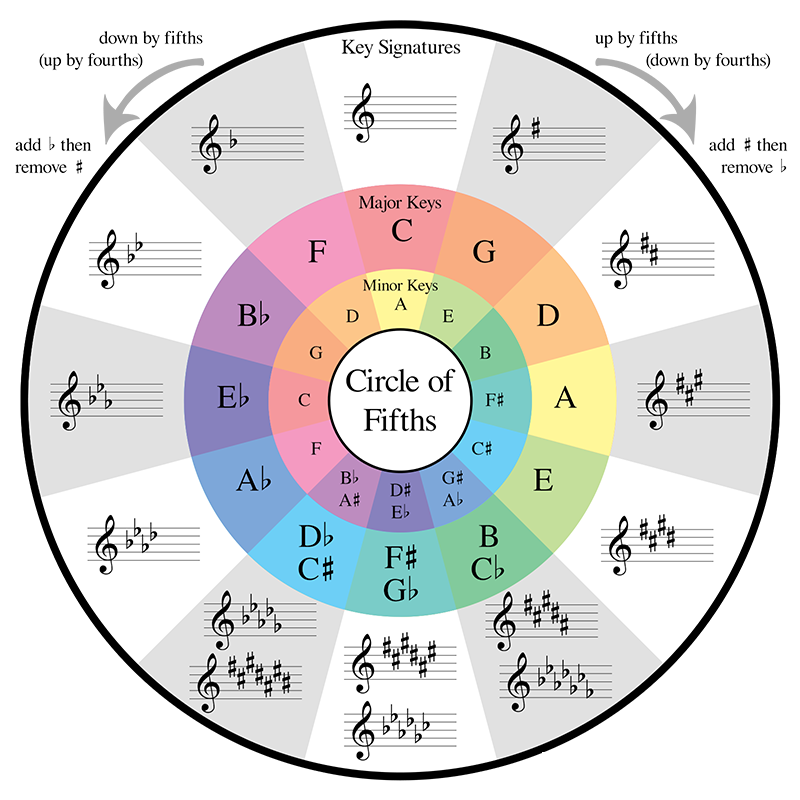“That autopilot mentality … – and ditto the Classic BRITS’ smorgasbord of stale musical leftovers – freeload off the hard fought-for expressive truths of others, reducing to nought those dark, sometimes unknowable, contradictions that give composers of integrity a reason to get up in the morning. Tonality is asset stripped; removed from the context of its own history and the word ‘soundbite’ becomes wholly apt.”
Philip Clark, Gramophone
Philip Clark also writes in the same article: “Earlier this summer my Gramophone colleague Ivan March wrote a blog post headlined ‘The Art Of Melody’ in which he floated that hoariest assumption of them all – that the word ‘tonality’ is somehow interchangeable with ‘melody’, while ‘atonality’ represents a simple negation of that, as Ivan put it, ‘discordant groups of notes and chords, which entirely fail to appeal to the listener.’ “
Stephen Strauss concludes from Harvard psychologist Jerome Kagan‘s research that “children seemed calmer and more content when harmonious sounds were played”.
And Graham Lynch writes “So, is tonality dead or alive? I don’t know. But I do notice that consonant harmony has made more of a return, but within a pacing and context that is clearly 21st century.”
First of all though, what is tonality? And what is the difference between working in tonality and working with tonality—a distinction that Reinhard Febel, my old colleague from the Mozarteum, makes.
Must tonality be functional? Or is it more about consonance?
Must it be triadic? Or is tension and release the key issue?
To be considered alive and well, must tonality still be developing?
Turning this another way, is tonal music dead music? Or is it a matter of the music’s function i.e. to what end the music is being made (entertainment, spiritual services, advertisting)?

Leave a Reply